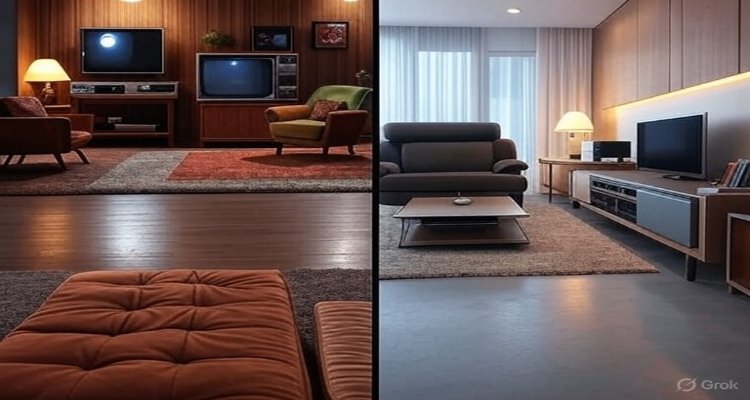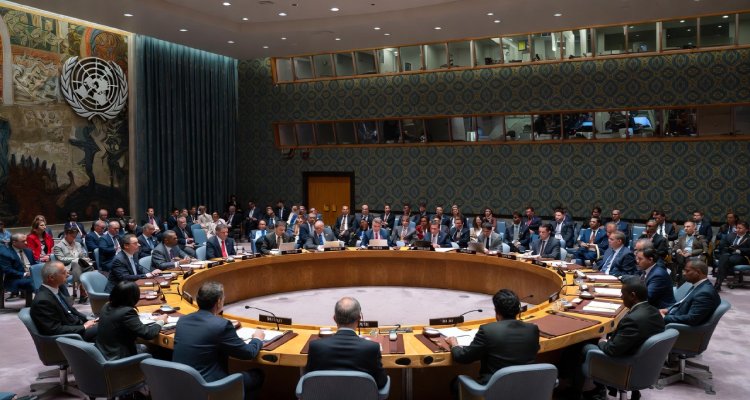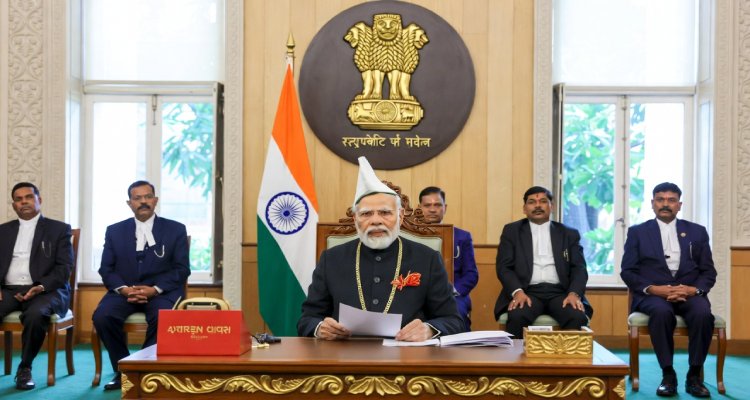Nostalgia is driving today’s lifestyle economy, influencing fashion, food, design, and digital culture. Here’s why brands are cashing in on the past.

Nostalgia is driving today’s lifestyle economy, influencing fashion, food, design, and digital culture. Here’s why brands are cashing in on the past.
Introduction: A Marketplace of Memories
From vinyl records climbing sales charts to retro fashion filling modern closets, the past is no longer just history—it’s big business. In today’s lifestyle economy, nostalgia isn’t a fleeting feeling; it’s a currency. Brands, creators, and entrepreneurs are increasingly mining the past to shape the present, giving consumers a chance to buy not just products but emotions tied to memory and identity.
Context & Background: The Roots of a Trend
Nostalgia has long been a cultural force, but in the past decade, it has transformed into a powerful economic driver. The 2008 financial crisis, the COVID-19 pandemic, and rapid digital disruption have left people craving comfort and familiarity. This longing manifests in everything from reboots of classic TV shows to the resurgence of mid-century modern furniture.
Psychologists suggest nostalgia acts as an emotional anchor during uncertain times. For consumers, buying something that reminds them of childhood or a “simpler era” provides reassurance. For businesses, tapping into nostalgia means instant brand recognition without having to build new cultural associations from scratch.
Main Developments: Nostalgia as a Business Strategy
Nostalgia is shaping diverse industries:
- Fashion: Y2K aesthetics, vintage denim, and 90s streetwear dominate catwalks and Instagram feeds. Thrift stores and resale platforms like Depop and Poshmark thrive on secondhand nostalgia.
- Food & Beverage: Brands revive discontinued snacks (think Crystal Pepsi or Dunkaroos) while restaurants curate menus with comfort foods from past decades.
- Technology: Gaming sees retro revivals with mini consoles and remastered classics, while vinyl outsells CDs in some markets. Even social media aesthetics—filters mimicking disposable cameras or VHS—are rooted in retro appeal.
- Design & Home Décor: Consumers embrace retro color palettes, rattan furniture, and artisanal crafts reminiscent of the 70s.
In essence, nostalgia isn’t just a passing style—it’s a business model.
Expert Insight & Public Reaction
Cultural analyst Dr. Emily Rhodes explains:
“Nostalgia is no longer about looking back—it’s about re-experiencing the past in a way that fits modern values. People don’t just want the old—they want the old, reimagined for now.”
Consumers echo this sentiment. A 2024 survey by a leading market research firm found that 68% of millennials and Gen Z respondents were more likely to purchase products that reminded them of their childhood or early teenage years.
Meanwhile, marketing strategists point out that nostalgia builds instant trust. “When a brand revives something familiar, consumers already have an emotional connection,” notes retail consultant James Carter. “That lowers resistance to spending.”
Impact & Implications: The Future of the Nostalgia Economy
The nostalgia-driven economy has wide-ranging effects:
- For Businesses: Companies must balance revival with innovation. Simply recycling old ideas without updating them risks fatigue.
- For Consumers: Nostalgia can empower more sustainable choices, such as buying secondhand or restoring vintage goods. However, it also encourages overconsumption under the guise of emotional comfort.
- For Culture: Nostalgia blurs the line between past and present, creating hybrid lifestyles where retro aesthetics coexist with cutting-edge tech.
Looking ahead, experts believe nostalgia will continue to influence emerging markets like the metaverse, where digital replicas of past eras—from 90s malls to 80s arcades—could become virtual experiences people pay to access.
Conclusion: Buying Back the Past
In the new lifestyle economy, nostalgia isn’t a retreat from the future—it’s a way of shaping it. By blending memory with modernity, brands are rewriting how people experience identity, belonging, and joy in a fast-changing world. What was once a personal feeling has become a shared marketplace—proving that sometimes, the best way forward is a step back.
Disclaimer This article is intended for informational and educational purposes only. It does not constitute financial, cultural, or business advice.









